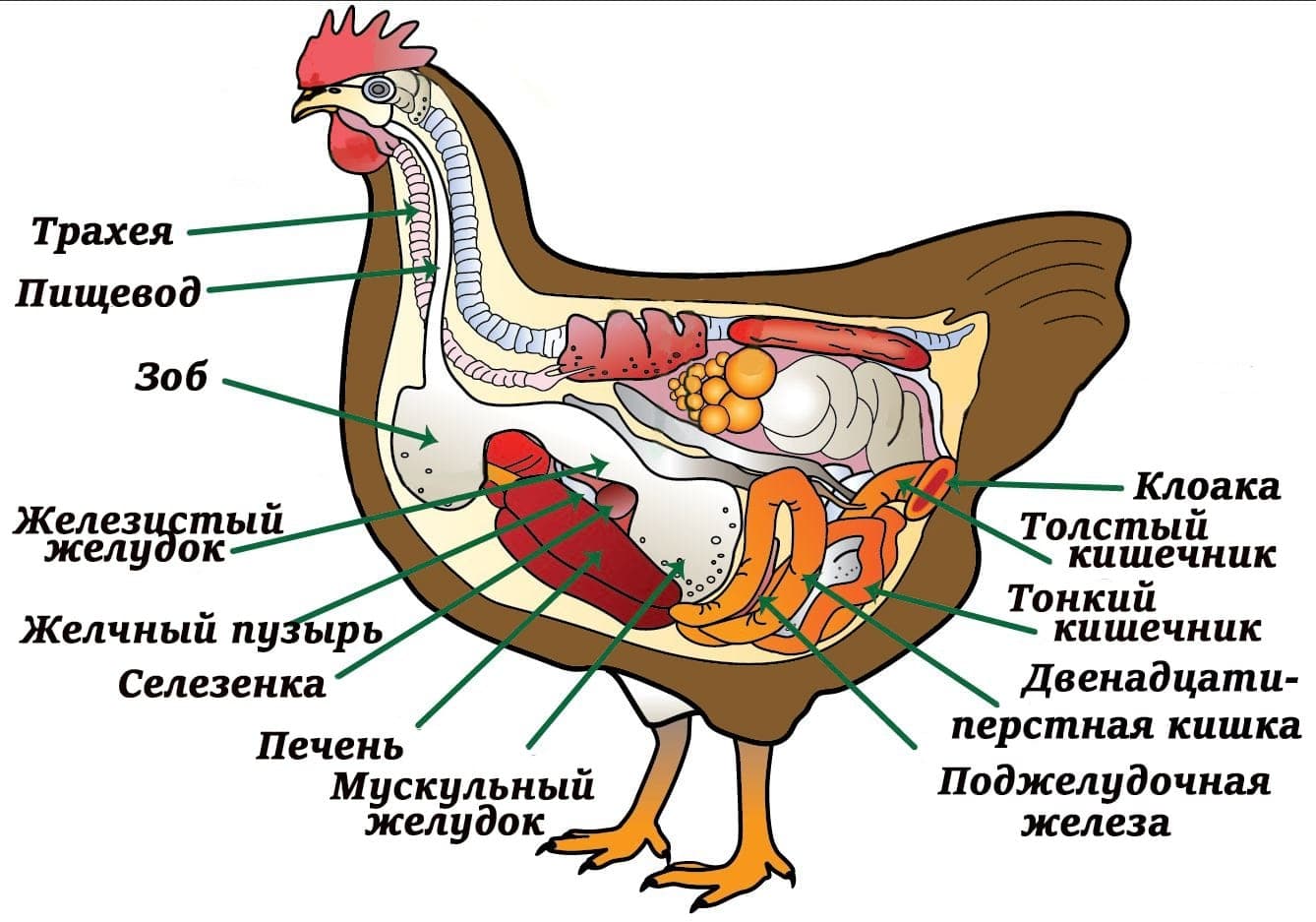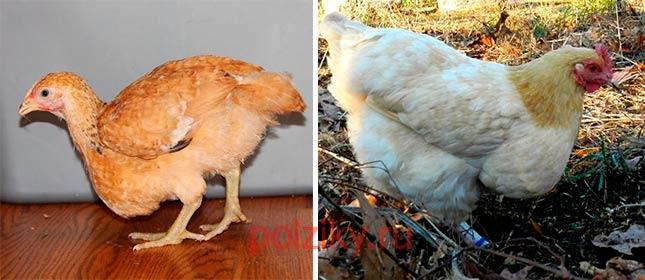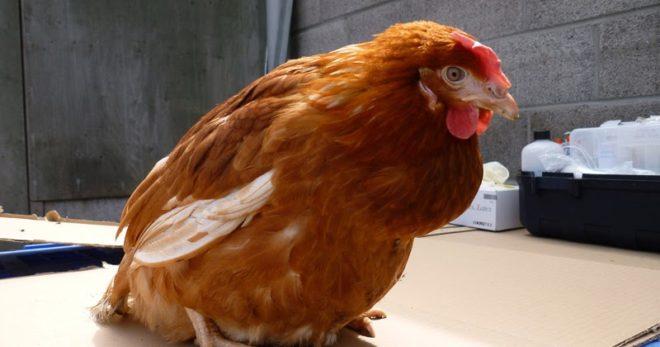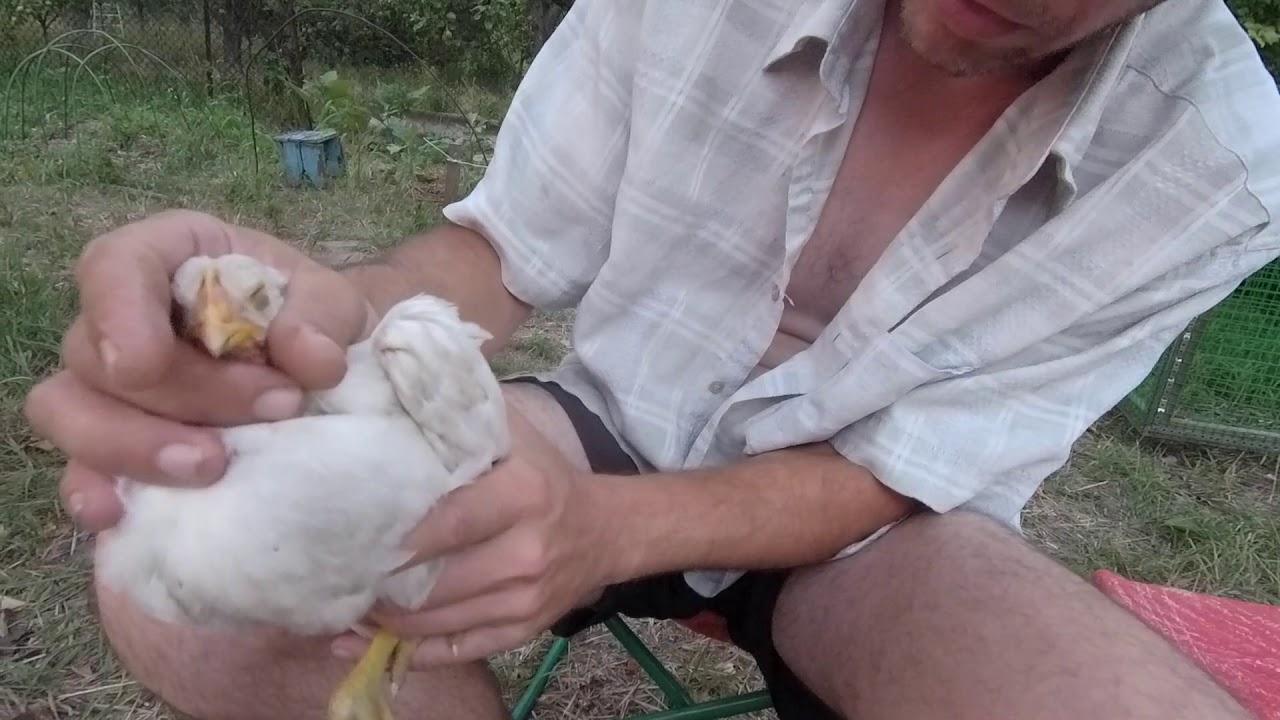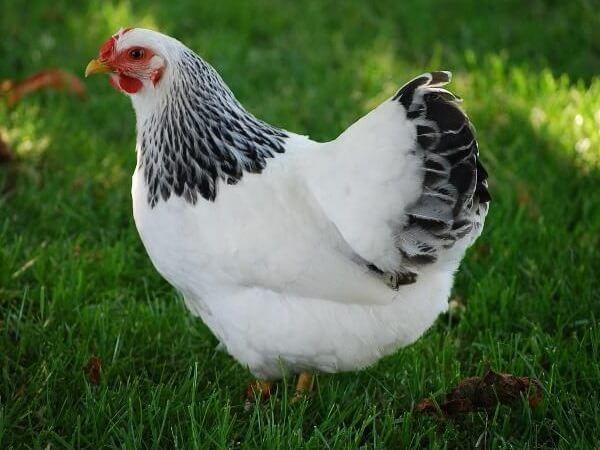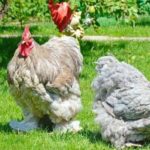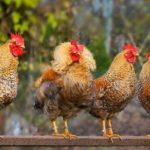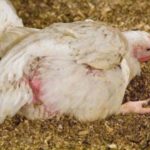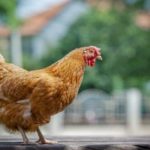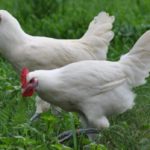The crop is a key part of the chicken's digestive system. It is here that the process of digesting food begins. Clogging of the goiter occurs quite often. If the functioning of this part of the chickens’ body is disrupted, a general deterioration in health may occur. If a chicken has a clogged crop, what should you do in this situation? This question interests many novice poultry farmers.
The main causes of the problem
The crop becomes clogged in almost all types of chickens.However, the prevalence of the disease depends on the type of food the birds eat. If the owner feeds the chickens incorrectly, the likelihood of developing a disease is quite high. There are many reasons for the appearance of pathology.
The main provoking factors include the following:
- Dietary disorders. The most common cause of problems is dietary irregularities. It is recommended to feed chickens at a clearly designated time. Often, eating at different times of the day leads to significant intervals between meals. This negatively affects the digestive organs of birds. Hungry chickens may attack food and eat too much food. This provokes overflow of the goiter. If the chicken is healthy, the food will go straight into the stomach. In weakened or sick birds, food can accumulate in the crop, which provokes blockage and inflammation.
- Insufficient amount of water. Goiter dysfunction is caused by fluid deficiency. It is water that pushes food into the stomach, where it is digested. Therefore, it is important to control not only the timeliness of feeding, but also the regularity of water supply.
- Unsatisfactory quality of feed. The cause of blockage may be food containing large fragments. Sometimes chickens accidentally swallow large or tough stems and branches. In this case, the stems provoke blockage of the crop and can damage organs. In this situation, the owner is not always able to provide full assistance to the chickens. The problem can only be dealt with quickly. In this case, it is recommended to remove the stuck fragments.
- Lack of vitamins and minerals. The development of the disorder may be due to an insufficient amount of vitamins and other useful elements in the body of birds.The most common cause of problems is a deficiency of vitamins B2 and B12.
Symptoms of blockage
In order not to miss the emergence of problems, it is recommended to monitor the behavior of the chicken. The development of pathology is indicated by the following:
- spherical seal regardless of feeding;
- general weakness of the bird over a long period of time;
- lack of thirst and appetite;
- the smell of rotting from the beak;
- respiratory dysfunction;
- increased body temperature;
- death of birds;
- clear discharge from the beak.
Diagnostic methods
Crop blockage can be identified by the appearance of the chicken. If the bird's crop sac is constantly enlarged, regardless of food, this indicates a violation of its patency. It is easiest to identify the disorder in birds that do not have thick feathers in the neck area.
However, in some breeds you can see the crop swelling to impressive sizes. Breeds such as Pavlovskaya and Pervomaiskaya are distinguished by thick plumage in the collar area. Therefore, the disease cannot be detected at the initial stages.
To detect problems, it is worth paying attention to the behavior of birds. They become lethargic, lose their appetite, and do not drink water. Such symptoms should force the owner to pay attention to the condition of the goiter.
When blocked, the goiter sac acquires a hard consistency and resembles a dense ball. Little by little, the chicken develops respiratory problems. At the same time, the bird begins to breathe noisily and intermittently. When inflammation occurs, a clear liquid is released from the beak. It may also be yellowish. If you pick up a chicken with a clogged crop, you will be able to smell a sour, putrid smell from the beak. This indicates that the food that is stuck in the esophagus has begun to deteriorate.
What to do if a chicken has a clogged crop?
Crop blockage requires timely assistance to the chicken. If this is not done, there is a risk of dangerous consequences.
Conservative treatment method
As the chicken's crop increases, it remains mobile, but does not eat anything. This means that the bird is overeating. In this case, it needs to be isolated from the rest of the chickens and gradually soldered with warm water. Poultry nutrition is of no small importance. It is recommended to feed her exclusively with soft foods. Excellent options would be wet crushed porridge, boiled and mashed potatoes, and small cottage cheese.
It is recommended to instill 10 milliliters of vegetable oil into the beak twice a day, and it should be combined with fish oil.
If the problem is identified in a timely manner, you should try to soften the food that is present inside. To do this, it is recommended to take a syringe without a needle. It is also worth preparing vegetable oil and water. Then you will have to do the following:
- Pour a mixture of oil and water into the bird’s throat with a syringe;
- massage the seal;
- place the chicken upside down;
- push the lump to the throat;
- Shake gently from time to time.
If this method does not give the desired results, it is recommended to inject a weak solution of potassium permanganate into the throat. This should be done using a soft rubber tube. It is better to treat it with Vaseline. It is also permissible to use a syringe without a needle. To carry out the procedure, you should prepare a glass of warm pink solution.
Surgical intervention
If a foreign object can be identified in the goiter sac, there is a need for surgical intervention. The procedure must be performed by a veterinarian. Sometimes experienced poultry farmers decide to do it.
To carry out such an operation, you should prepare the following:
- alcohol-containing product;
- sharp scissors - they should be disinfected;
- hydrogen peroxide;
- iodine;
- cotton wool;
- tweezers;
- surgical threads.
To carry out the procedure, it is recommended to perform the following steps:
- Secure the chicken, remove feathers from the crop.
- Treat the opening area with iodine.
- Make a small incision and remove the contents using tweezers.
- Treat the incision with peroxide.
- Sew up the area with thread - it is recommended to use absorbable thread.
After surgery, it is worth keeping the chicken on a starvation diet and monitoring its condition.
Diet
It is recommended to separate a bird with a clogged crop from the rest of the chickens and put it on a special diet. During therapy, she should be fed only soft foods. These include the following:
- mashed porridge;
- boiled eggs;
- mashed potatoes;
- kefir;
- cottage cheese.
Possible consequences of the problem
To cure a pathology, it must be identified in time and appropriate measures taken immediately. If the disorder persists for a long time, there is a risk of various problems arising.
The main complications of the disease include inflammatory damage to the goiter and intestines. When the process becomes chronic, there is a risk of damage to the esophagus, impaired functioning of the kidneys and liver. Sometimes a swollen crop provokes suffocation of the bird.
Prevention of crop blockage in chickens
Experienced poultry farmers recommend preventing the crop from becoming blocked. To do this, you should follow simple recommendations:
- Think about the diet of birds in advance. It is best to feed chickens 2 times a day. This should be done morning and evening. Feed should be given at the same time. Thanks to this, the birds will not attack the food and absorb it too quickly.
- Control the quality of food. Solid and rough foods should be prohibited.If such food is present in the diet, it is recommended to chop it and mix it with soft foods.
- To improve digestive functions, add a couple of drops of apple cider vinegar to water. In this case, the water should be changed systematically.
- Place troughs with sand and small pebbles near the feeders. Under natural conditions, birds absorb pebbles and grains of sand, which help soften the food in the crop.
The accumulation of food in the crop is considered a fairly common problem that can cause negative consequences. To cope with the disorder, timely therapy is recommended. It includes conservative or surgical methods. In difficult situations, you cannot do without the help of a veterinarian.

